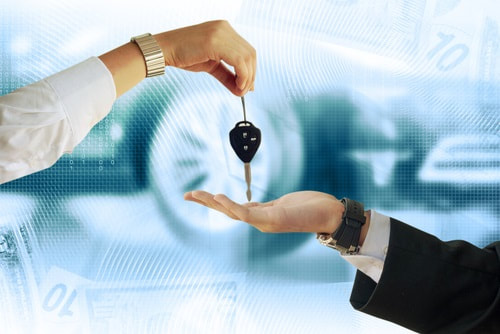Behind on payments and concerned about vehicle repossession? Chapter 13 bankruptcy can help.2/13/2018 Once a Chapter 13 bankruptcy is filed, a secured creditor cannot repossess its collateral as a result of the protection that occurs through the Bankruptcy Code’s automatic stay while the automatic stay remains in place.
If behind on vehicle payments, those missed payments typically do not have to be caught up when a Chapter 13 bankruptcy is filed and a new payment schedule through a Chapter 13 plan commences within 30 days of the bankruptcy filing. Chapter 13 allows for the interest rate on a vehicle loan to be altered. Depending on the contract rate of interest, there may be a significant reduction in interest available through a Chapter 13 plan. Additionally, it is possible to alter or reduce the amount of the monthly installment payment that is distributed monthly to the vehicle lender. Where a vehicle was financed more than 910 days before filing, Chapter 13 plans can modify the overall amount that has to be repaid a secured creditor depending on the vehicle’s value. If the vehicle is worth less than what is owed on it, it may be possible to repay only the fair market value of the vehicle (which is commonly referred to as a “cramdown”) plus reasonable interest. The vehicle lender’s claim is split to be repaid as secured to the extent of the vehicle’s value plus interest and the balance of the claim is treated as unsecured. Whether the unsecured portion of the claim is repaid any specific amount, depends on the terms of the plan, and the unpaid balance is dischargeable at plan completion. Even where vehicles were financed within 910 days of bankruptcy, a portion of the secured creditor’s claim may be objectionable and subject to reclassification depending on the circumstances. Chapter 13 plans often repay secured creditors ahead of other creditors and plans can rank or prioritize disbursements that occur to creditors. Chapter 13 can help someone who has been struggling with vehicle payments because the plan can change the repayment terms on payment amount and interest rate to more affordable amounts, payments that may have been missed before bankruptcy do not have to be made up, and in many cases, it is possible to reduce the overall amount that needs to be repaid based on a vehicle’s value. Basically, Chapter 13 can give someone a way to repay less than a vehicle contract would otherwise require. In comparison, because a Chapter 7 is not a reorganization bankruptcy, it does not offer as many options to someone struggling to keep a vehicle unless reducing a person’s unsecured debt load through a Chapter 7 bankruptcy is enough for a person to then be able to afford car payments. Otherwise, the options available to a person filing Chapter 7 are to surrender the vehicle, redeem the vehicle, or reaffirm the vehicle loan. By surrendering, a person gives up the vehicle but has no financial liability to the creditor assuming a successful discharge, redeeming requires a one-time lump-sum payment equivalent to the vehicle’s fair market value following Court approval, and reaffirming requires an agreement be filed with the Court before discharge. When a vehicle loan is reaffirmed, if payments are not made in the future and the vehicle is repossessed, the debtor remains liable for any deficiency. Chapter 13 may offer more flexibility to someone struggling to retain a vehicle than a Chapter 7 or other options might offer.
0 Comments
|


 RSS Feed
RSS Feed